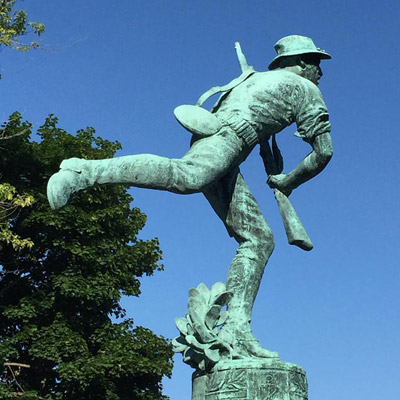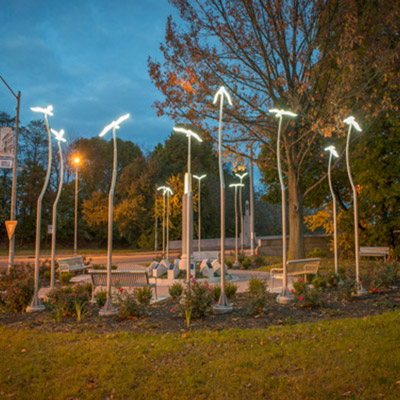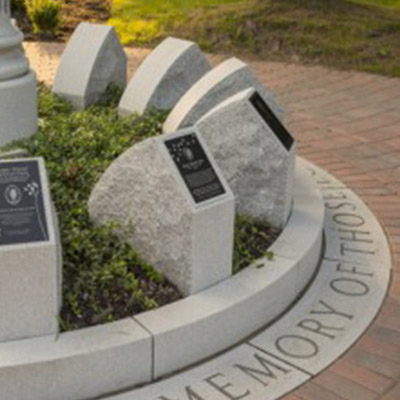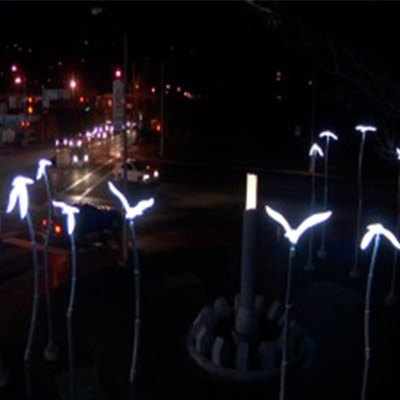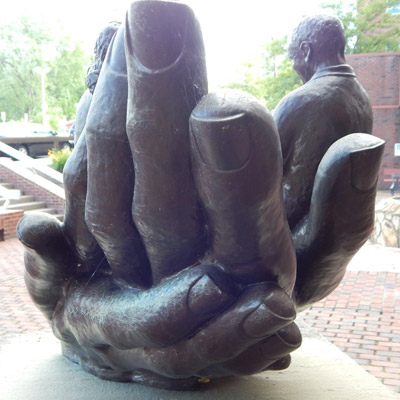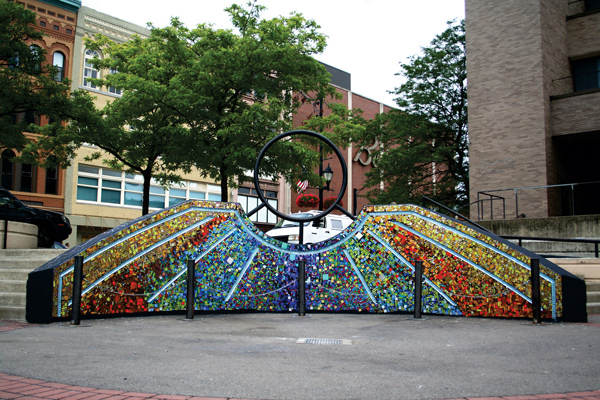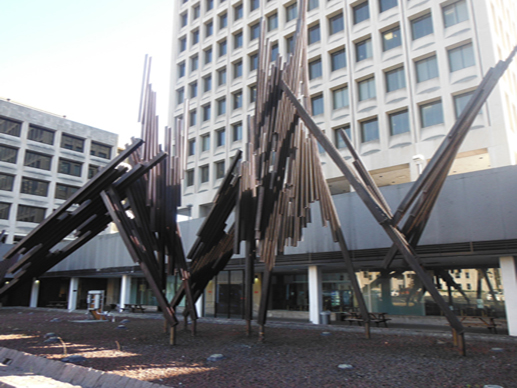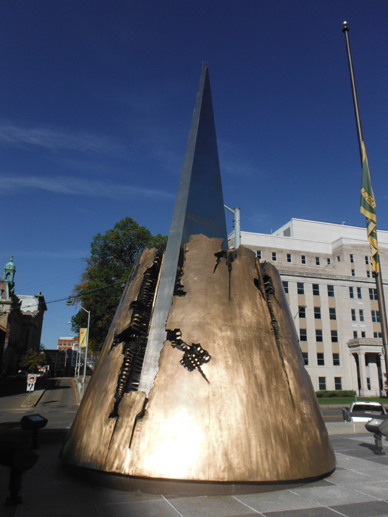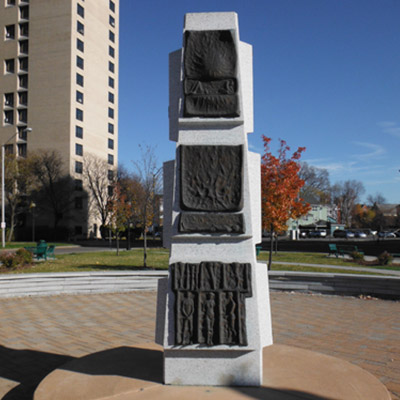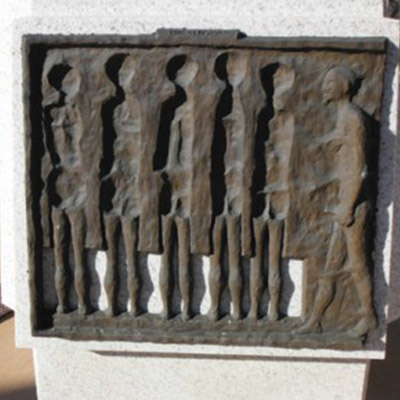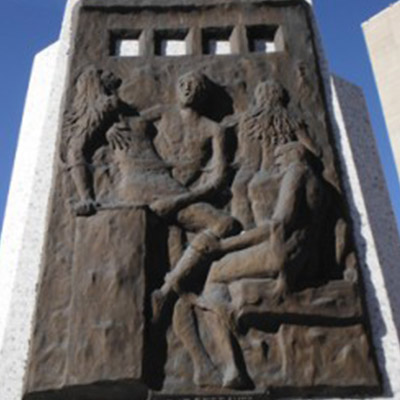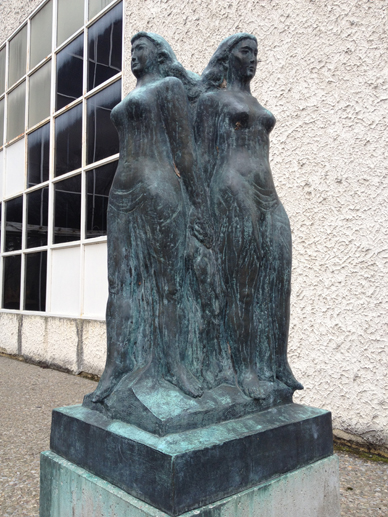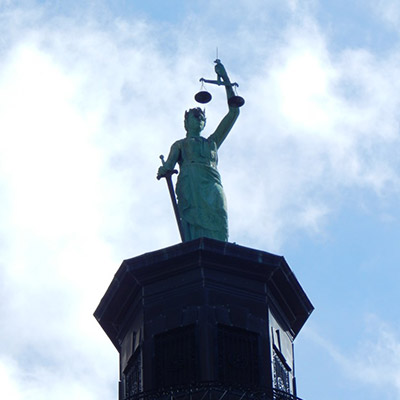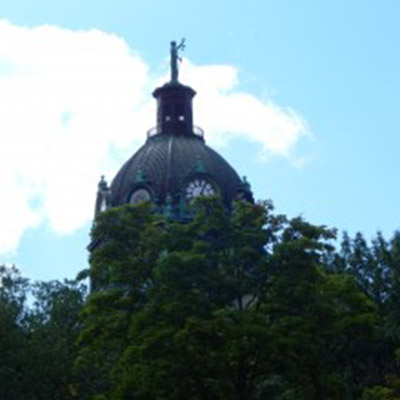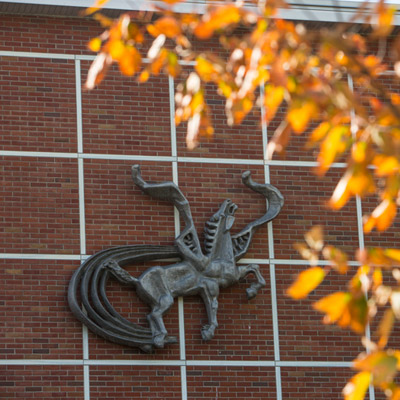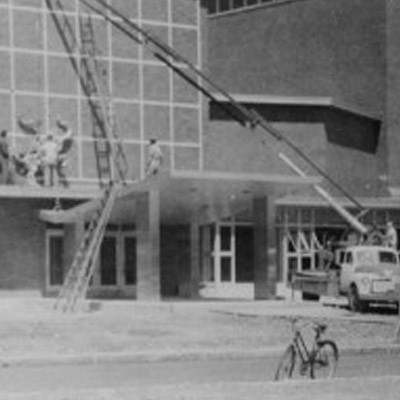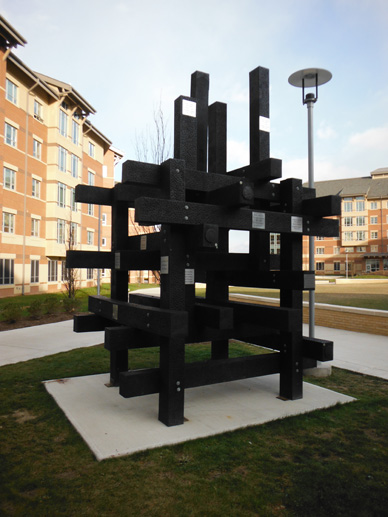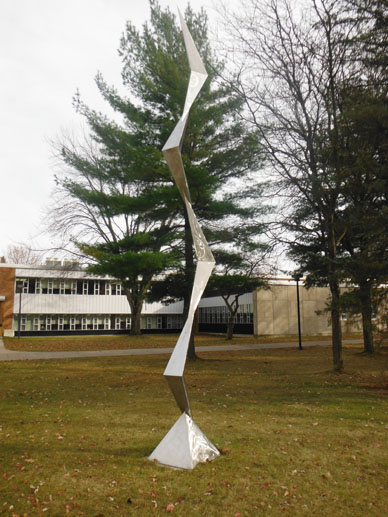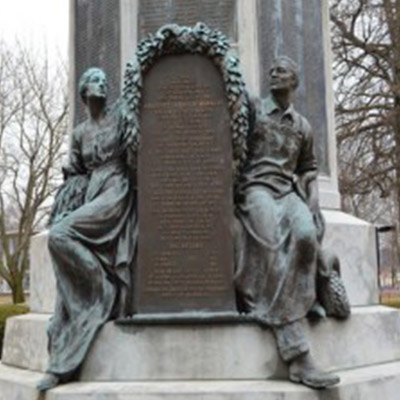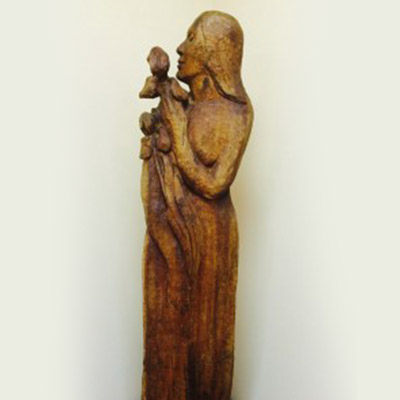Reviewed by David L. Schriber
When internationally acclaimed 1997 Van Cliburn gold medalist Jon Nakamatsu played here last March with the Binghamton Philharmonic, we decided, if he ever made a return visit, it would be a must-go event. Less than a year later (Feb. 27), Nakamatsu returned to Binghamton University’s Anderson Center to play an entire concert in the Philharmonic’s Chamber Series. It was a consummate example of artist at one with his instrument.
Opening the program was Jean-Philippe Rameau’s “Gavotte et 6 doubles,” the final movement of his Suite in A. The initial theme is repeated in a series of increasingly complex variations employing first trills, then runs, a slower iteration that gives the impression of three hands playing, and finally a rapid tempo with hand crossings.
Brahms’ Piano Sonata #1 Op. 1 revealed Nakamatsu’s versatility, from the powerful Allegro movement, reminiscent of Beethoven’s “Hammerklavier,” through a flowing lyrical Andante, based on the German folkslied “Verstohlen geht der Mond auf” (“Stealthily rises the moon”) and on to an energetic Scherzo and a Finale in which the pianist’s hands were but a blur.
It was unexpectedly in “3 Sonetti del Petrarca” from Franz Liszt’s Années de Pèlerinage, Deuxième Année: Italie that Nakamatsu exhibited his most delicate artistry. Devoid of acrobatic histrionics, he offered us a “kinder, gentler” Liszt, caressing the keys with a light touch, as if letting the piano play a lullaby to itself. High descending passages gently cascaded like a waterfall. As the soft end of the third sonneto approached, the hall was hushed in anticipation as Nakamatsu’s index finger paused over the penultimate note, pointing down at the key, then touching it ever so gently. And then, once again, his finger paused above the key to resolve the last note in a barely audible pianississimo.
Completing the program was Frederic Chopin’s Andante spianato et grande polonaise brillante, Op. 22, at the end of which Nakamatsu’s hands once again blurred in their flight over the keys.
An instant standing ovation greeted the artist, who acknowledged the reception by offering as an encore Felix Mendelssohn’s Rondo Capriccioso in E, Op. 14, bringing the sell-out audience to its feet a second time.
As we turned to file out, a friend commented to me, “I’ll have to change my opinion of Liszt!” “That’s because,” I replied, “we’re accustomed to hearing Liszt as if the piano were being assaulted. This man made love to it.” My friend nodded in agreement. And so it was. The Steinway should have felt very warm and mellow, having been caressed for an hour and a half, then brought by the artist it to a rousing climax up and down the entire length of its keyboard.
Nakamatsu briefly addressed the audience at mid-concert, telling how thrilled he was by our winter snow, perhaps the only person in the house feeling that way. But he’s from California, he explained, and admittedly doesn’t have to shovel the stuff or drive on ice. He expressed the hope of making many visits to Binghamton in coming years. We echo that hope. For me, upon my birthday, it was a wonderfully soothing and relaxing afternoon of exquisite music.

